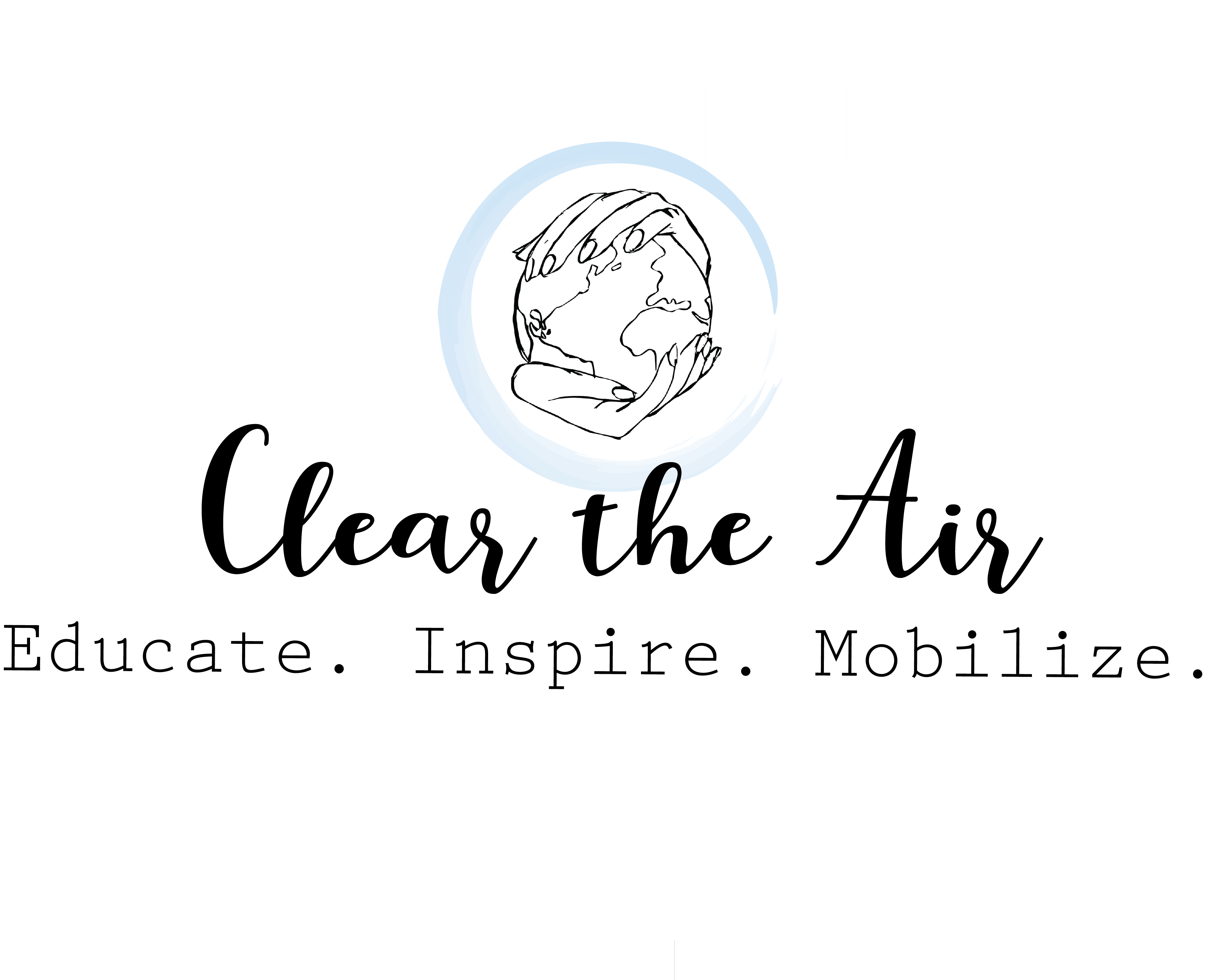Growing up, art played a huge role in my life. I have been drawing, painting, crafting and designing since I can remember; today I still use art to relax and express myself. However, recently I thought about how my hobby may be impacting the planet, and how I could make my passion for art more sustainable. In this post, I show you how to be an eco-friendly artist.
The right materials
If you want to know how to be an eco-friendly artist, the first thing you need to know is that the materials you use matter. Depending on your preferred medium, artists use many different tools and materials to create their projects, and they use a lot of them. If you are an avid painter or drawer, you know how frustrating it can be when you just bought that new tube of white watercolour paint or that new charcoal stick, only to have it run out after a few uses.
Mediums like paint, sprays and dyes contain chemicals and fillers that are not healthy for humans or the environment. To follow your passion for creating (in a sustainable manner!) here are sustainable alternatives to try:
Paper
Problem: Deforestation, habitat loss, erosion, and global warming are results of poor paper production practices. Large amounts of water and chemicals (like chlorine) are used to bleach and prepare the paper.
Solution: look for acid-free, chlorine-free [Elemental Chlorine Free (ECF), Process Chlorine Free (PCF) or Total Chlorine Free (TCF)], post-consumer recycled paper. Many brands are now certified by the Sustainable Forestry Initiative (SFI), ensuring the protection of water quality, forest habitat, species at risk and the local community.
Paint
Problem: There is a reason you see artists, aestheticians and home painters wearing masks. Chemicals in paints are not safe for human usage and have been linked to respiratory irritation, memory loss, visual disorders, organic damage, allergic reactions and more. Many of these chemicals are Volatile Organic Compounds (VOCs), which vaporize immediately upon being exposed to air, heading straight for your lungs.
Solution: Opt for zero/low-VOC paints. There are many of these on the market. Some paints are even made of milk proteins and boast being biodegradable. Also look for heavy metal-free paints (especially cadmium, which may reduce bone health).
Aerosols
Problem: similar to paints, aerosols have dangerous chemicals that can cause environmental and physiological harm. There are natural aerosols like sulphates, sea salt and ammonium salts, all of which are important for regulating our climate. These aerosols suspsend in the air, making clouds “whiter” and more reflective, thus reducing the amount of solar radiation (i.e. haet) hitting the earth’s surface, creating a cooling effect (this is albedo).
However, the huge quantity of manufactured aerosols are impacting their ability to do so. Aerosols are believed to both impair precipitation or cause more intense storms. The constant addition of man-made aerosols to the atmosphere may severely impact the natural hydrological cycle and climate in the future.
Solution: Unfortunately, not many commercial alternatives are available yet. There are a few innovative companies developing air-powered aerosols, replacing the toxic chemicals used as propellants. Dutch company Airopack is at the forefront of this technology, as well as EcoAir or Salvalco. Hopefully, these products become easily accessible soon.
Brushes
Problem: The tools you use to paint are also not sustainable. For one, when using larger brushes or rollers, those used brushes that are covered in paint are considered “hazardous” by your municipal waste system and must be disposed of at your local hazardous waste site. Majority of people don’t do this, however, throwing toxic chemicals directly into their garbage. Additionally, paintbrushes use animal hair for the bristles and usually wooden handles. If you are using cheap brushes, chances are the practices used to harvest this hair or wood are unethical and unsustainable.
Solution: Opt for higher-quality, sustainability-focused paintbrushes. Many companies nowadays promote their sustainability efforts, so do your research before you purchase a new brush. Chances are you’ve already researched what type of brush you want, what bristles are best for your project, so what’s a bit more research?
Sponges
They may be a useful tool for textures in your artwork, but real or artificial, sponges may be causing more environmental harm than you realize. Artificial sponges are made of plastics and often laced with Triclosan, a pesticide that acts as an antibacterial coat. These sponges are not recyclable and will not break down naturally, so they are dumped in the garbage. If they end up in our waters, or if Triclosan ends up down the drains when rinsing your sponge, it can react with chlorine at wastewater treatment plants to form cancer-causing compounds. These sponges will never break down in landfill, often being ingested by animals and marine life, releasing microplastics and more.
Solution: The better option is to use natural sponges for your artwork, but even these need to be carefully chosen. Some sponges may be irresponsibly sourced (i.e. contributed to coral reef destruction). Make sure you can trace your sponge’s life, and that the producers use sustainable harvesting practices.
Waste (or not!)
One of the great things about art is you can make something from nothing. This also means that it is very easy to use “garbage” to create something amazing. From simple DIYs to more complex projects, using items that would have gone to waste is an affordable and innovative way to create.
Simple items include making candle holders out of empty aluminium or tin food cans, or collages out of old magazines. The type of projects you would make as a kid in school. Other great materials include newspaper, which you can use directly in your project (e.g. paper maché) or to protect your table while painting. Plastic cups are handy for washing paintbrushes or making pencil holders. Cereal boxes are great canvases to glue things on to, or to use for brainstorming notes when studying for an exam.
If you want to get even more creative, step outside the box with the materials you use. I once used newspaper to make an abstract textured painting, and shattered glass pieces to make a removable skull on a bust. In short, the saying “one person’s trash is another person’s treasure,” rings true.

Now you know how to be an eco-friendly artist. These are just a few ways you can make your artistic activities more sustainable. I encourage you to try out these tips, and use them to inspire you to think outside the box (as you probably do already as an artist!). For more tips on making sustainable swaps in your everyday life, check out these posts:
- 10 zero-waste swaps for everyday life
- Top 3 all-natural, single-ingredient skin care products
- Tips for travelling sustainably
- How to eat sustainably in the winter
- How to eat sustainably on a student budget
- 3 eco-friendly, cheap and easy cleaning products
Have you thought about the environmental impact of your artistic activities before? What have you done/are doing to reduce your impact? Let me know in the comments!
As always, thank you for reading. Until next time!






